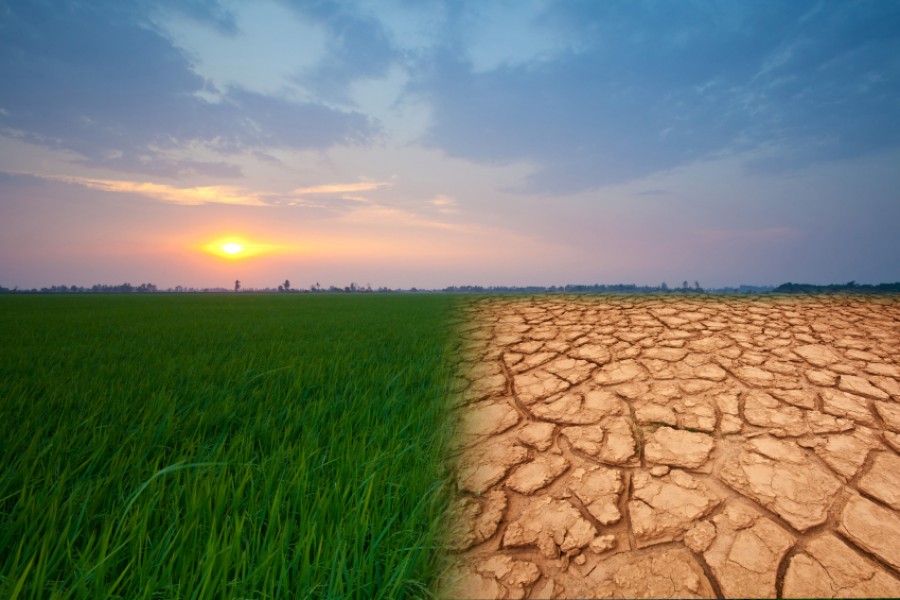



Article by: Hari Yellina
The agriculture industry in Australia is extremely important to our society and economy. It feeds us, gives a variety of job opportunities, and generates revenue for our economy through exports. However, it is an undeniable fact that it’s also affected by changes in rainfall, temperature, and extreme weather. Agriculture, while vulnerable to the effects of climate change, is also a substantial contributor to the problem. Hence, it must adapt: how can we feed the country and provide the food choices people desire if climate change threatens the current agricultural practices?
Climate change has increased the frequency of harsh and violent droughts, flooding, and temperature unpredictability in recent decades, putting additional strain on Australian farmers. Farmers must now modify their agriculture operations to be productive and economical amid changing climatic conditions, in addition to being vulnerable to market swings. Although climatic patterns in Australia are complex, rainfall in the northern parts has usually increased during the previous century, while rainfall in the southern regions has dropped. These changes are followed by an increase in the frequency of extreme weather events, such as longer drought periods and erratic rainfall distribution. Climate change is putting Australian farmers to the test, and they will need to alter their operations on a regular basis to keep the country’s agricultural productive.
Furthermore, food costs vary depending on agricultural profitability and world pricing, which are affected by climate change and rainfall trends. During a severe drought, for example, when the cost of cattle fodder is high, farmers reduce the number of animals in their herds (destock) and meat prices rise. Climate change will affect where some nuts, fruits, and pastures can thrive, as well as livestock and dairy production, if more dire predictions come true. Are people willing to give up their favourite foods and food quality?
Farmers can modify their practises, but their activities can only go so far in mitigating the consequences of climate change on agricultural productivity. This is an area where Australian research can help. Climate change adaptation strategies for food crops and livestock have been constructed by researchers. These include generating climate-resilient agriculture products within the current land footprint, relocating agriculture to other sites in response to environmental change, or implementing ‘protected’ agriculture by partially or entirely managing the environment (for example, growing crops indoors).
The expected uptake of innovative agricultural technologies will lead to many changes in how farms are managed and allow agricultural yields to stabilise or increase without adverse environmental impact and the conversion of additional non-agricultural land. If these approaches are successful and can mitigate the negative consequences of climate change, this should also result in improved conservation of biodiversity.